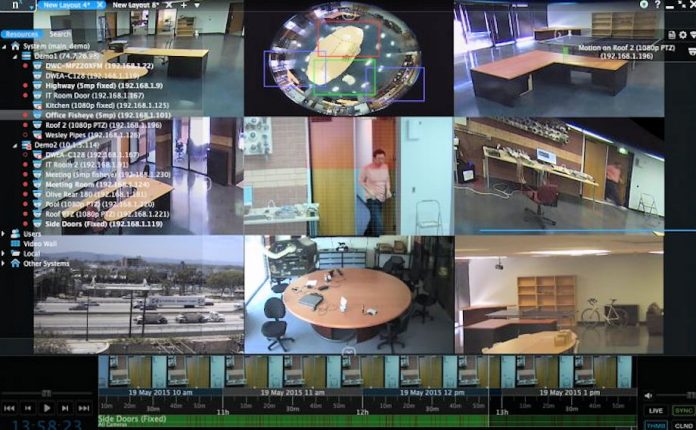What should integrators look for in VMS? It goes without saying that the ability to deliver the operational requirements of their customers is central to their own selection criteria.
For security integrators, what constitutes a quality VMS varies from what’s most desirable for an end user – integrators need flexibility, simplicity of setup and a capacity for integration with supporting security solutions their technical teams already use.
Integrators want a VMS that is strong on functionality, simple to operate, capable of shallow and deep integrations with multiple sub systems, and that has mature technology partnerships, especially in the area of access control, alarms and video analytics. Deep integrations with elements like video analytics, and the complexity and rapid evolution of such solutions, calls for profound trusted partnerships, as well as rock-solid support from VMS providers.
According to Matt Harrison of Network Optix, from the point of view of integrators, there are a number of things a quality VMS can offer them as part of their overall solutions portfolio.
“If I was a security integrator, I’d be looking for a few key things,” Harrison explains. “These would include the following:
1. Easy to install on any OS – especially Linux. The more time you save me during installation the more efficient I am and the more time I can spend designing/solving problems for my customers. Nx Witness, for example, can be installed in minutes and has no prerequisite software for a reason. We also focus on Ubuntu Linux as a key OS so that integrators can offer more affordable, higher margin solutions that are stable and can be deployed as independent embedded solutions.
2. Easy to maintain – not rocket science, we know. But with Nx Witness one of the biggest things we focused on was removing the pain of upgrades. You have one button to push to upgrade a system, regardless of the size. It’s a thing of beauty.
3. Reliability – again, no secret here. A VMS should be reliable. You should be able to get the video you need (live, recorded, searched, etc), when you need it, and it should get delivered fast and with no hiccups.
4. Extensibility – this one is newer. Integrators in the past have had to wait on and depend on VMS companies to do the integrations they want. Often times the business case just wasn’t there or the resources weren’t available and getting an integration between one system and another could take years. With Nx Witness and our open development tools and works with Nx integrations ecosystem integrators can discover new integrated solutions or write their own.”
Harrison highlights the importance of training, too.
“A VMS should be instantly usable by anyone, and at a high level,” he says. “Training should focus on all the ins and outs of the VMS, why things are done a certain way, the benefits to the approach, and how to take advantage of tools that allow integrators to create custom experiences for their customers. You can’t have a customer without custom.”
Meanwhile, Orlando Chiang of Hills says a quality VMS system should be easy to install, configure, maintain and have fast and effective support team ready in waiting.
“The VMS system should be able to be expanded and maintained with little to no impact on the production system,” Chiang says. “When designing a VMS system, a lot of factors need to be taken into consideration. When the system is poorly designed the end result is either an underperforming system that does not meet the customer expectations or an overpriced system where the integrator losses the job. Finding the right partner that can take all the factors into consideration and provide the right solution for the customer will save both the integrator and the customer money, time and frustration.”
For Andrew Cho of EOS Australia, the most important things a quality VMS can offer them are centred around the fundamentals.
“VMS needs to communicate strongly on what it can deliver, rather than a pack full of features where it is difficult to use or not being used at all,” Cho says. “Further, VMS needs to be open to as many 3rd party integrations as it can, it must be easy to install, easy to configure and have a simple operating approach.”
#securityelectronicsandnetworks.com









